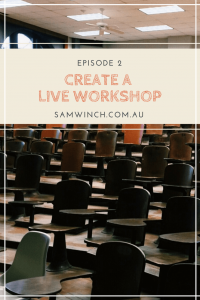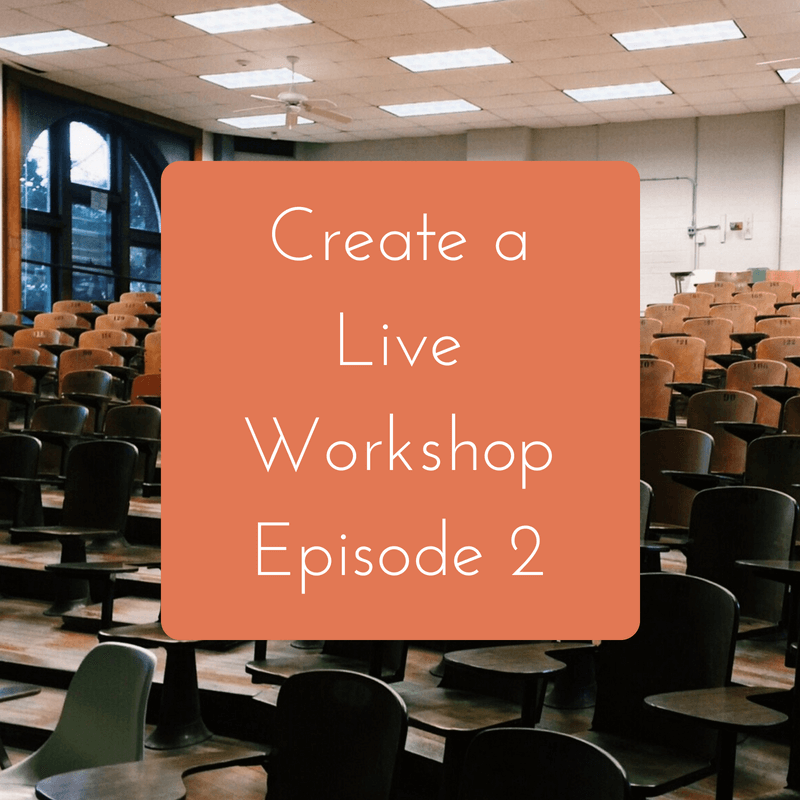This week we are talking all about Creation, not Consumption
Creation and Consumption
Consumption is when you are participants are just sitting and absorbing information, they are consuming. They might be listening to you speak, looking at your power point, watching a video you made etc… but all of that is consumption.
Creation on the other hand, is when they are generating the content. This could be during activities, group discussions, projects, research tasks, them presenting parts of the course and much more.
Each of these items requires them to generate the content.
Implement the 80/20 Rule
It is said that the split between creation and consumption should be 80/20… but possibly not the way you think.
That’s to say, when running a live workshop they should be creating 80% of the time and consuming only 20% of the time.
“But Sam, really? Only 20% of it is my content? Won’t they be angry/disappointed/ask for a refund?”
Nope, trust me on this one.
Firstly, you’ll find that people often know the answer to their own questions if they really think about it.
And secondly,
There is more to a live workshop than just the content
As we discussed last week, people come to a live event for much more than just content. In most cases, they can find some or all of the content online.
When designing and structuring your workshop, apply the 80/20 rule. You don’t need to create 8 hours worth of content for an 8 hour event. Realistically, you need about 1 1/2 hours worth of content, the rest should be activities, discussion, implementation, and you supporting their learning process.
Actively look for ways where your participants can be creating content.
Try including some of the following activities in your workshops:
- Split the room into pairs or small groups and ask them to discuss a concept that you just introduced. Get them to brainstorm how they could implement this into their life and/or business. After a period of time, ask the groups to share their answers.
- Open up for Q and A, but challenge the group to provide the answers. You can always correct them if you need to, or clarify answers given. Facilitate the conversation so that it flows smoothly, and doesn’t get stuck on one point, or with one person.
- Set implementation tasks. After introducing a concept or point, get participants to implement what they have just learnt. This might involve writing answers in a workbook, or even pulling out their laptops and creating changes there and then.
- Rather than reviewing content, get the participants to review. Allocate each person (or, with a large group, a small team of people) a topic that you covered during the workshop. Give them a little prep time and then get them to present a review to the class. You’ll be surprised at how creative and invent your participants can be.
Get inventive.
There are lots of ways you can actively involve your participants, and get them to create their own content along the way.
Don’t worry, they will still see you as the expert in the room, as you deliver golden nuggets along the way, support their implementation and guide their conversations.
So, I’m curious… are you familiar with the concept of creation vs consumption?
Now that you know about it, how could you implement it in your next event?


